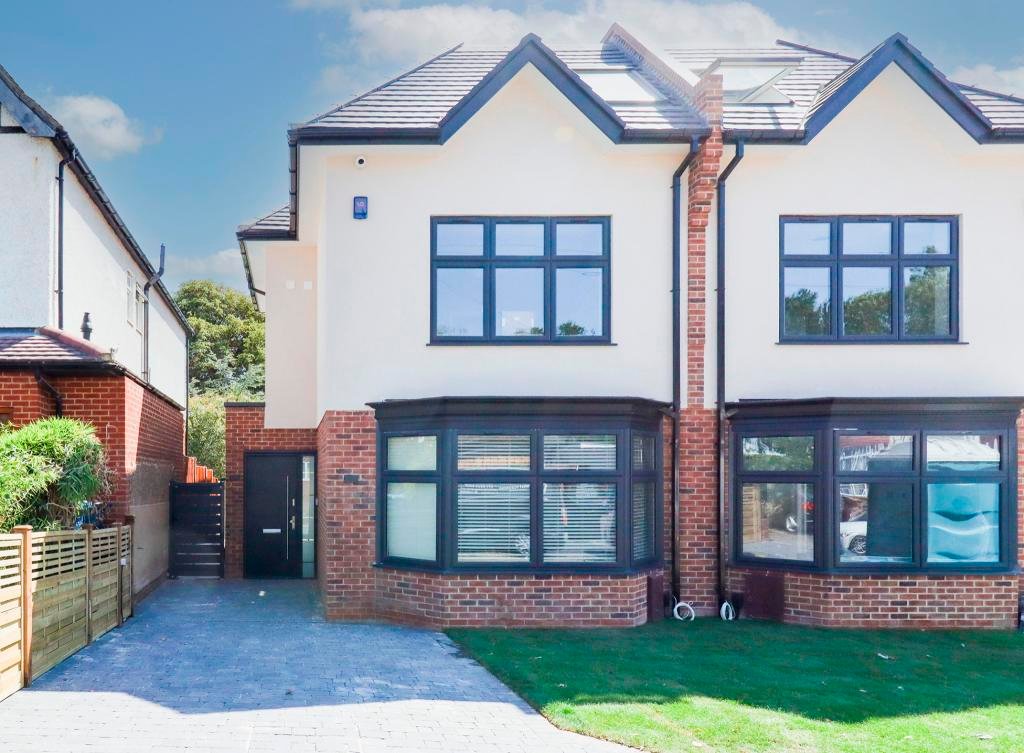Transforming your unused attic into a beautiful and functional living space is one of the smartest investments a homeowner can make. A loft conversion not only adds extra space but also significantly increases your property’s value and energy efficiency. With expert support from Loft Converter London, you can turn your vision into reality with professional planning, design, and construction. Whether you dream of a master suite, home office, or creative studio, a well-executed loft conversion can elevate your home’s comfort and style. In this ultimate guide, we’ll walk you through everything you need to know about loft conversions in the UK — from planning permission and building regulations to choosing the right design and maximising your budget.
Understanding Loft Conversions
A loft conversion involves transforming the empty space under your roof into a usable room. It’s one of the most cost-effective ways to extend your home without losing garden space or undergoing major structural work. Depending on your home type and roof structure, there are several conversion options available, each with unique benefits in terms of space, light, and design potential.
Loft conversions are ideal for:
- Homeowners who need extra living space without moving
- Families looking for an extra bedroom, office, or guest suite
- Property investors aiming to boost market value and rental potential
Types of Loft Conversions in the UK
Choosing the right loft conversion style depends on your property’s layout, budget, and local planning rules. Here are the most common types:
- Dormer Loft Conversion: Adds a box-shaped extension to the roof, increasing headroom and natural light. Perfect for semi-detached or terraced houses.
- Hip-to-Gable Conversion: Extends the sloping side of your roof into a vertical wall, ideal for homes with hipped roofs that need more space.
- Mansard Loft Conversion: Features a flat roof with steeply sloped sides, commonly built at the back of the property for maximum space and aesthetics.
- Velux (Rooflight) Conversion: The simplest and most affordable option, using skylights within the existing roof without altering its structure.
Each style can be tailored to your property type and design preferences, ensuring the perfect balance between function and beauty.
Planning Permission and Building Regulations
In most cases, loft conversions fall under permitted development rights, meaning you don’t need full planning permission. However, there are exceptions — particularly if your home is in a conservation area, has a flat roof, or requires major structural changes.
Regardless of planning status, all loft conversions must comply with Building Regulations, covering:
- Fire safety (escape routes, alarms, and fire doors)
- Structural stability and load-bearing capacity
- Thermal insulation for energy efficiency
- Proper ventilation and soundproofing
It’s essential to work with qualified professionals who understand these regulations to ensure a safe and legally compliant build.
Benefits of Loft Conversions
A loft conversion offers far more than extra square footage. It can completely transform the way you live by providing:
- Increased Property Value: Adds up to 20% to your home’s market price.
- Extra Living Space: Ideal for growing families or remote workers.
- Better Energy Efficiency: Added insulation improves warmth and reduces bills.
- Minimal Disruption: Compared to extensions, loft conversions require less construction time and external work.
Costs and Budgeting
The cost of a loft conversion varies depending on size, style, and finish. Basic conversions start around £35,000, while more complex designs, like mansard or L-shaped dormers, can exceed £70,000. When planning your budget, include:
- Structural alterations and reinforcements
- Electrical and plumbing installations
- Windows, insulation, and flooring
- Finishing touches such as paint, lighting, and furniture
A 10–15% contingency fund is advisable for unexpected costs.
Local Expertise and Professional Help
Choosing the right specialists ensures your project runs smoothly from start to finish. For example, a company offering Loft Conversion Hillingdon services will understand local council regulations, common roof styles, and the best design options for that area. Experienced builders handle everything — from architectural drawings and permissions to construction and final finishes — saving you time, stress, and money.
Maximising Your Loft Space
Make the most of your new loft by focusing on layout and design efficiency.
- Install large windows or skylights for natural light.
- Use neutral colours to create an open, airy feel.
- Add built-in storage under eaves or stairs to save space.
- Consider multifunctional furniture for flexibility.
- Incorporate smart lighting to enhance ambience and practicality.
Common Mistakes to Avoid
Even with careful planning, certain mistakes can reduce the effectiveness or value of your conversion. Avoid:
- Ignoring Building Regulations — this could cause safety and legal issues.
- Cutting corners on insulation — leading to poor energy efficiency.
- Overlooking stair design — which can make access inconvenient.
- Choosing cheap materials — quality finishes ensure durability and style.
The Timeline of a Loft Conversion
Most loft conversions take between 6 to 10 weeks, depending on complexity. The typical process includes:
- Initial consultation and feasibility survey
- Design and architectural drawings
- Planning and regulation approval
- Construction and insulation
- Electrical and plumbing work
- Interior finishing and decoration
Proper planning and professional guidance ensure your project stays on schedule and within budget.
Final Thoughts
A loft conversion is more than a home improvement — it’s a lifestyle upgrade. By transforming unused space into a functional, comfortable, and stylish area, you add both personal and financial value to your property. With the right planning, design choices, and expert team, your loft can become the highlight of your home. Whether you’re creating a serene retreat or a practical workspace, investing in a quality loft conversion guarantees long-term rewards for modern UK living.
